Giant Payara: The Ultimate Jungle Predator
Payara are among the fiercest predators in the Amazon — known for their oversized fangs, explosive strikes, and relentless fights. In the Xingu River, these aggressive fish can reach over 20 pounds, offering a true test for experienced anglers.
Thanks to the Xingu’s clear waters, sight fishing for big payara becomes not only possible, but thrilling. Whether you’re swinging streamers through deep channels, stripping baitfish patterns along drop-offs, or trying surface action in fast water, the variety of techniques keeps each encounter exciting.
This is jungle fly fishing at its most intense — where every cast has the potential to connect with a legendary Amazon predator.
Payara
Payara (Hydrolycus armatus), also known as Vampire Fish/Wide Payara, is a predatory piscivore species of dogtooth Characin that can be found swimming in the tropical waters of the Amazon Basin actively hunting for their next meal. They are known largely for their sizable teeth and aggressive behavior. The genus encompasses 4 species: H. armatus, H. wallacei, H. tatauaia and H. scomberoides. The largest species is H. armatus which can grow more than 44 lbs. On the Xingu River, it is possible to catch 3 different species of payara: H. armatus; H. tatauaia (smaller and with orange/red tail) and the exotic machete payara (Raphiodon vilpinus) despite their long body (can grow more than 1 meter long) is very elongated and thin.
Sizes
On the Xingu River, the Wide Payara can reach more than 33 pounds, but is very common to catch fish between 11-15 lbs. At Xingu Lodge, the largest Payara caught on a fly rod was a fish weighing in at 24 lbs. and 104 cm. long, but the local Kayapós say that a thirty pound fish exists in this stretch of the Xingu.
Feeding Behavior
A defining feature of the Xingu is the abundant schools of Payara and the opportunity to fish for them consistently during the end of the dry season. They stay deep in large pools, mixed with larger catfish and other species like freshwater drums and pacus. Their diet is mainly based on other fish species, composed of small species of Characins, Cichlids, Neotropical Electric Fishes, and catfish, including armored Plecos.
Fish Biology
Payara are born with gaps (foramen) in their upper jaw to accommodate their razor-sharp fangs. These fangs are very sharp and they are designed to kill their prey. These sword-like fangs can reach up to six inches long. These fangs often break up and fall out, and the replacements fill the empty space, similar to a shark’s teeth. The long silver body of a Payara is very powerful, latching onto their prey with a sudden strike.
If you want to read more about the travel, logistics, gear of this incredible experience, check out the travel planner.

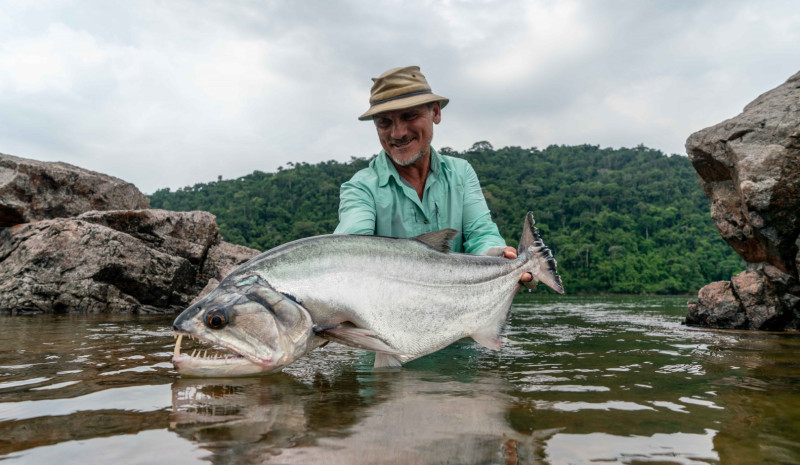
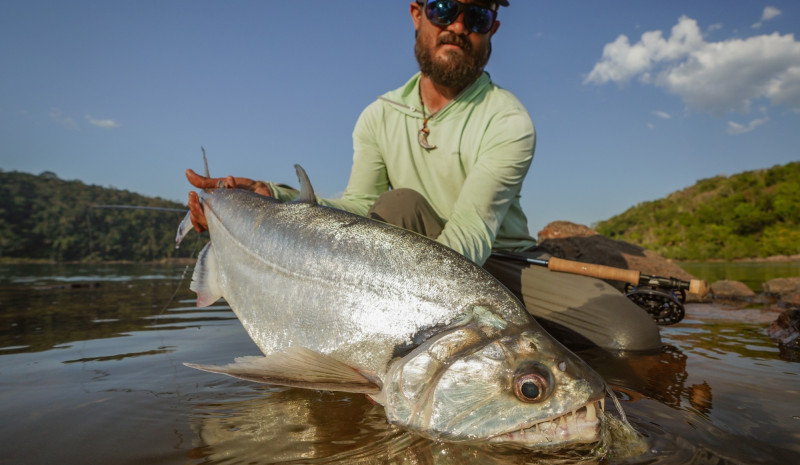
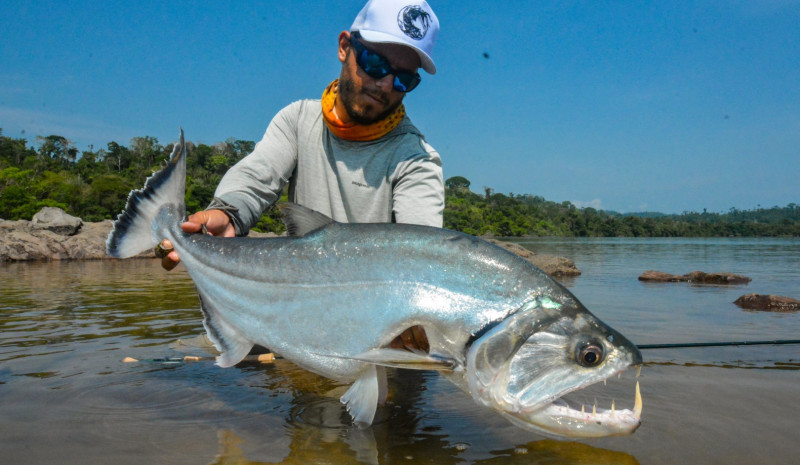
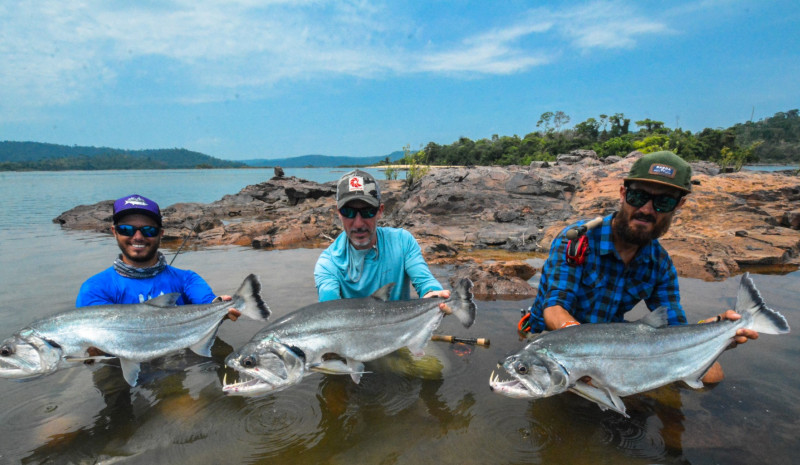
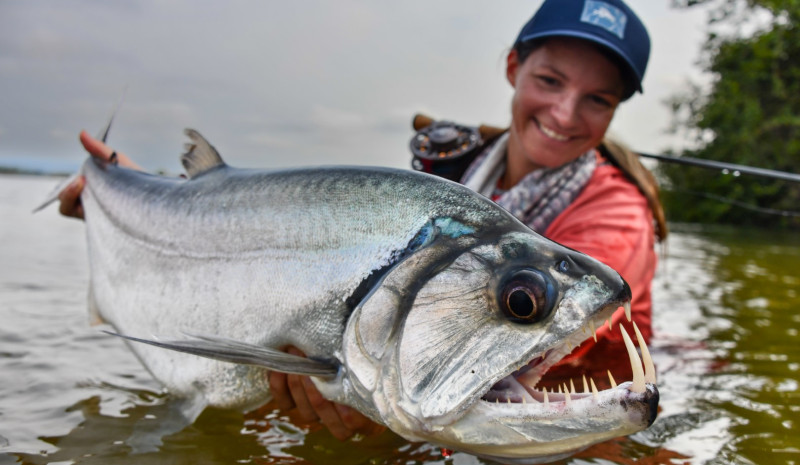
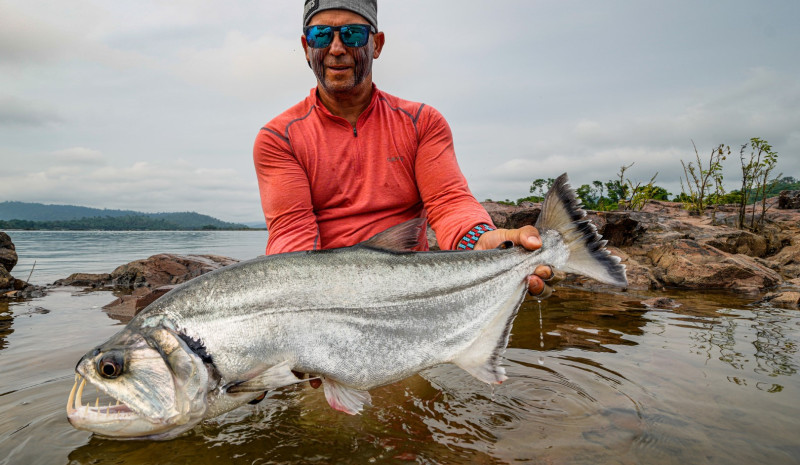
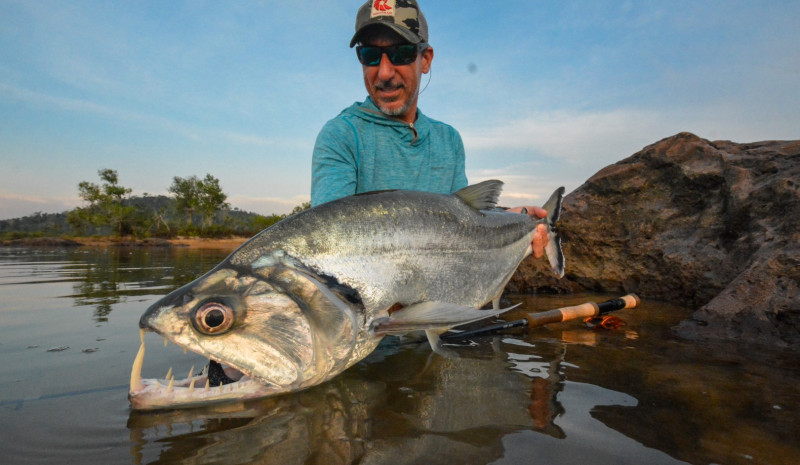
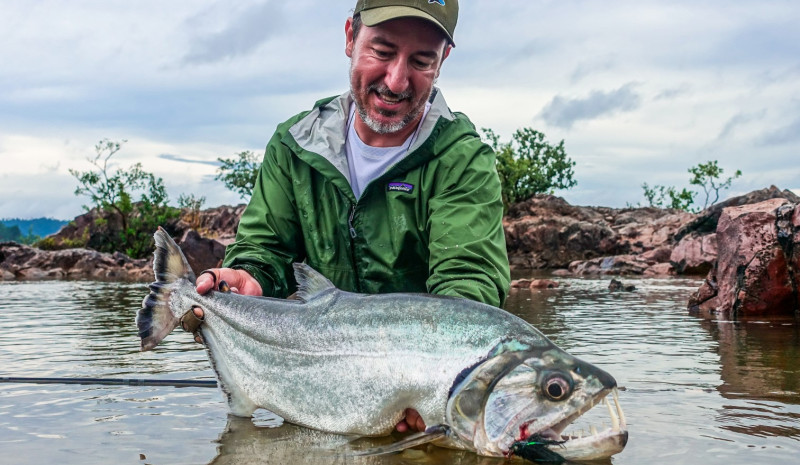
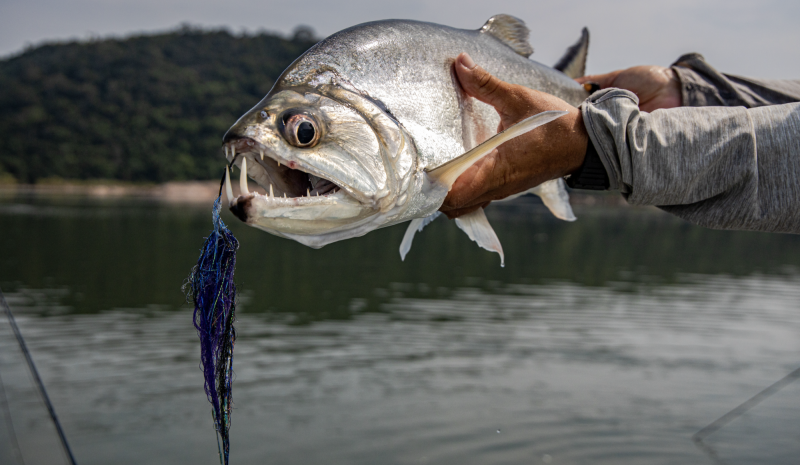
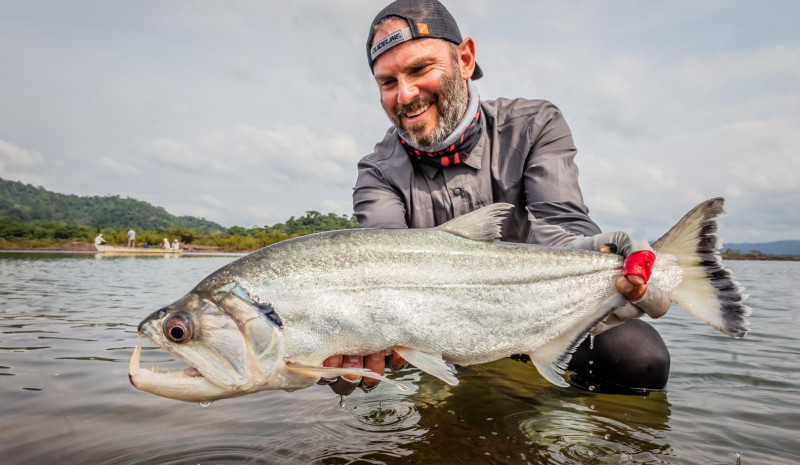
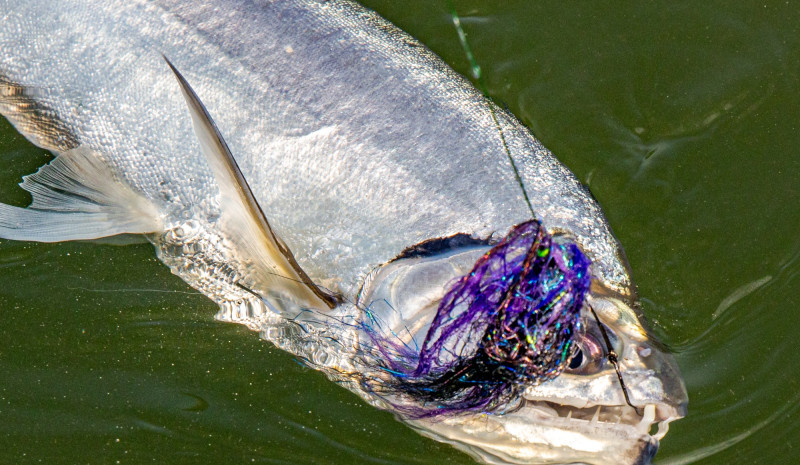
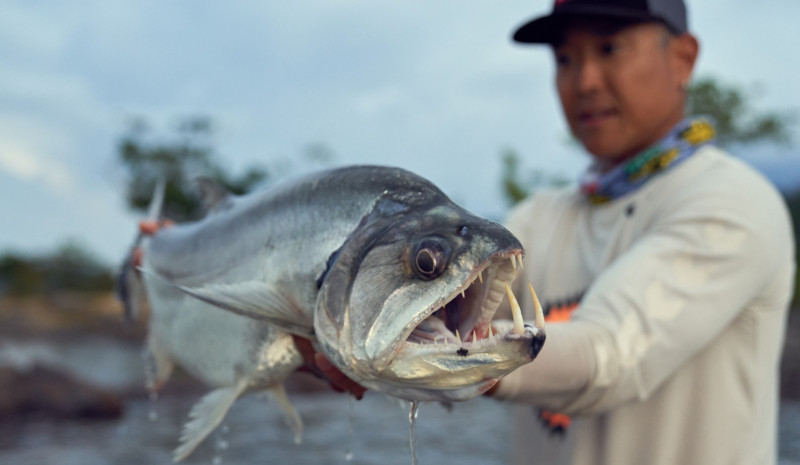
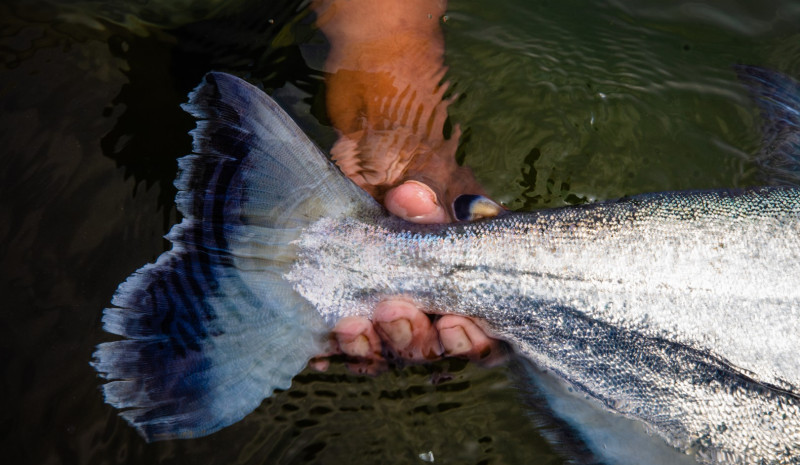
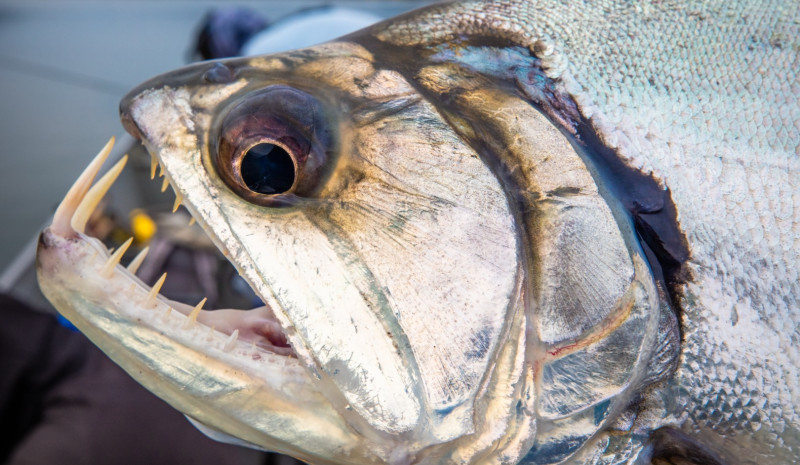
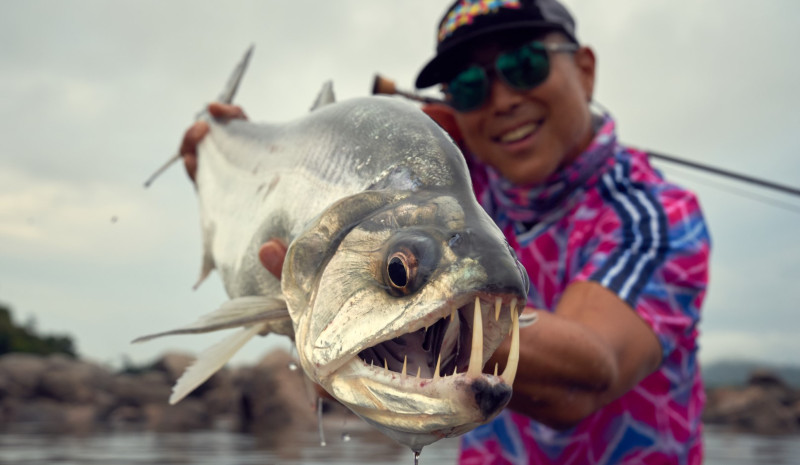
 xingulodge
xingulodge